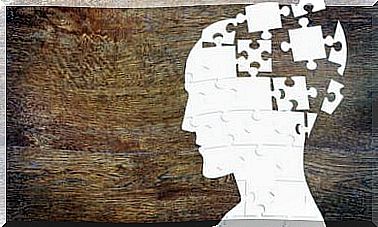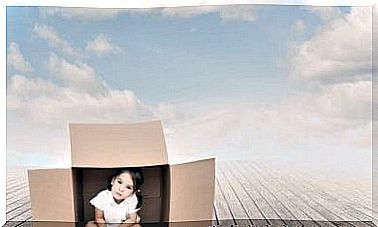The Theory Of Broken Windows
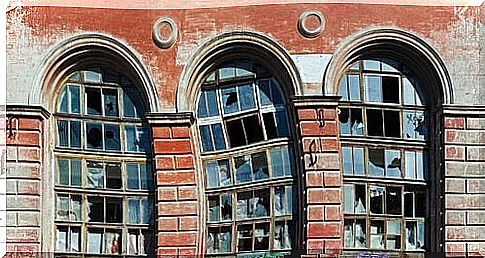
The broken window theory tells us that damage to the environment creates the feeling that the law does not exist. And when there is no law, you can do what you want. When there are no rules, any behavior is lawful, even vandalism or the destruction of material goods.
Imagine smoking in the street and putting out your cigarette. Where do you throw the butt? If you are on a clean street, with no rubbish left on the ground, the most likely thing is that you will hold the butt and throw it in the nearest trash can. Conversely, if the street is full of cigarette butts, you won’t even make the effort to get close to the bin. You will throw the butt directly on the ground. At least that’s what the research says about it.
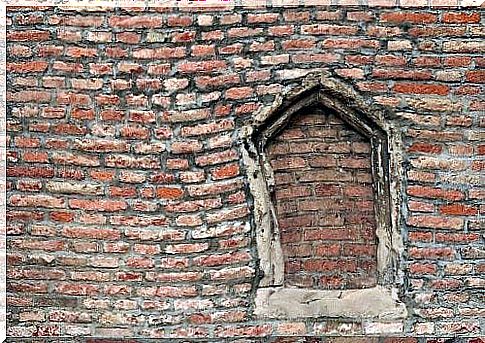
The theory of broken windows
Professor Phillip Zimbardo, author of one of the best-known experiments in social psychology, the Stanford prison experiment, has carried out another equally relevant but less well-known experiment. The experiment consisted of leaving two abandoned cars on the street. The only difference was that one car was located in a poor neighborhood in the city, while the other car was located in a wealthy neighborhood in California.
What happened with the machines? What you would expect. The car located in the poor neighborhood was vandalized within a few hours, while the other remained intact. The most logical conclusion was to think that poverty and marginalization were the cause of the crime. But this is not the case: Professor Zimbardo, wary of the obvious, continued to conduct the research.
The next step was to change the conditions of the car parks. For this reason, the windows of the car that had been located in the affluent neighborhood were broken. What happened? Exactly the same thing that had happened to the car in the fringe neighborhood. Within hours, both machines were in the same situation.
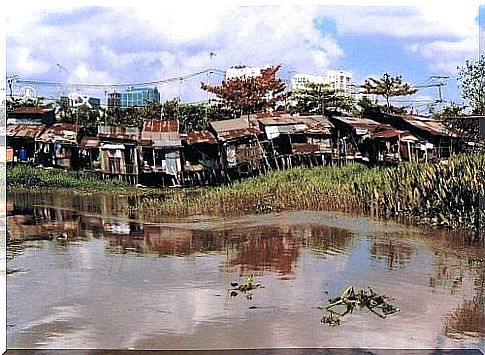
What was the conclusion? The results showed that we were faced with the theory of broken windows. Marginalization was not the only cause of vandalism; the environment also played an important role. The broken window of the car conveyed an idea of deterioration, disinterest and indifference, which created the illusion that there were no laws, rules or rules. The broken glass, like the state of the fringe neighborhood, conveyed the feeling that everything was valid, that anything could be done.
The subway with broken windows
Taking as a starting point the theory of broken windows, it was decided to end with one of the most dangerous places in New York: the subway. All damage was repaired. Everything was cleaned and even the murals disappeared. Petty thefts were checked and that all people using the metro had a ticket. The result was that the subway became a safe place .

The house with broken glass
As we have seen, if one glass breaks and no one fixes it, we can predict the future of the other glass. If a neighborhood starts showing symptoms of deterioration, the next step will be delinquency or vandalism. The environment affects us. Living a clean, intact environment can contribute to a better coexistence. The broken glass theory applies to all environments. If for a few days the sink has been full of dishes that are not cleaned …




